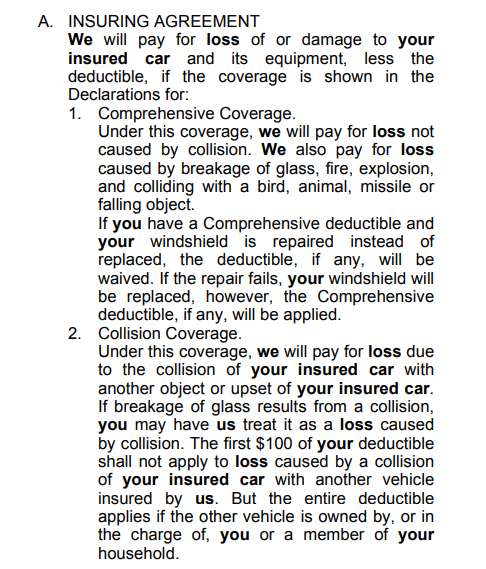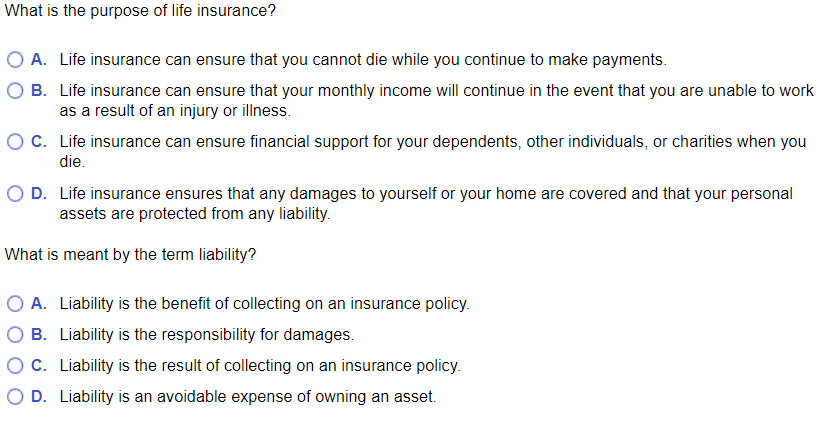Pacific Prime for Dummies
Pacific Prime for Dummies
Blog Article
Unknown Facts About Pacific Prime
Table of ContentsPacific Prime - An OverviewUnknown Facts About Pacific PrimeExcitement About Pacific PrimeSome Known Questions About Pacific Prime.Pacific Prime - An Overview

This is because the data were collected for a period of solid economic efficiency. Of the approximated 42 million people who were without insurance, almost about 420,000 (concerning 1 percent) were under 65 years of age, the age at which most Americans end up being eligible for Medicare; 32 million were grownups in between ages 18 and 65, around 19 percent of all grownups in this age; and 10 million were youngsters under 18 years old, regarding 13.9 percent of all youngsters (Mills, 2000).
These estimates of the variety of persons without insurance are produced from the annual March Supplement to the Existing Population Survey (CPS), performed by the Census Bureau. Unless otherwise noted, national quotes of individuals without medical insurance and percentages of the populace with different type of protection are based on the CPS, one of the most widely utilized source of price quotes of insurance policy coverage and uninsurance rates.
The Definitive Guide for Pacific Prime

Still, the CPS is especially beneficial because it produces yearly quotes relatively rapidly, reporting the previous year's insurance protection estimates each September, and due to the fact that it is the basis for a consistent set of price quotes for greater than two decades, permitting analysis of trends in insurance coverage gradually. For these reasons, as well as the considerable use the CPS in various other research studies of insurance policy coverage that exist in this record, we rely upon CPS quotes, with restrictions noted.

The estimate of the variety of without insurance people expands when a population's insurance condition is tracked for a number of years. Over a three-year duration beginning early in 1993, 72 million people, 29 percent of the U.S. https://pacificpr1me.edublogs.org/2024/04/02/pacific-prime-your-one-stop-shop-for-insurance-solutions/. populace, were without coverage for at the very least one month. Within a single year (1994 ), 53 million people experienced at least a month without insurance coverage (Bennefield, 1998a)
6 out of every ten without insurance grownups are themselves utilized. Functioning does enhance the likelihood that one and one's household members will certainly have insurance, it is not a guarantee. Even members of households with 2 full-time breadwinner have practically a one-in-ten opportunity of being without insurance (9.1 percent without insurance price) (Hoffman and Pohl, 2000).
Not known Incorrect Statements About Pacific Prime
New immigrants represent a substantial percentage of individuals without health and wellness insurance policy. One analysis has connected a substantial section of the current development in the size of the united state without insurance populace to immigrants that got here in the country in between 1994 and 1998 (Camarota and Edwards, 2000). Recent immigrants (those who concerned the special info United States within the previous 4 years) do have a high price of being without insurance (46 percent), yet they and their youngsters account for just 6 percent of those without insurance coverage country wide (Holahan et al., 2001).
The partnership in between medical insurance and access to care is well established, as recorded later on in this phase. The relationship between wellness insurance coverage and wellness results is neither direct neither straightforward, a substantial medical and health and wellness services research study literature links health insurance policy protection to improved accessibility to care, better quality, and boosted personal and populace health and wellness condition.
Degrees of analysis for taking a look at the effects of uninsurance. It concentrates specifically on those without any health insurance policy for any kind of length of time.
Pacific Prime Fundamentals Explained
The issues faced by the underinsured are in some aspects similar to those faced by the without insurance, although they are normally less serious. Health and wellness insurance, nonetheless, is neither needed nor enough to obtain accessibility to medical solutions. The independent and direct result of health and wellness insurance policy protection on access to wellness services is well developed.
Others will acquire the wellness treatment they require also without health insurance policy, by paying for it expense or seeking it from suppliers that provide treatment complimentary or at highly subsidized prices. For still others, medical insurance alone does not make certain receipt of treatment as a result of other nonfinancial barriers, such as an absence of wellness treatment providers in their community, limited access to transportation, illiteracy, or etymological and cultural differences.
Pacific Prime Can Be Fun For Everyone
Formal study concerning uninsured populaces in the USA dates to the late 1920s and early 1930s when the Board on the Expense of Treatment generated a collection of records concerning financing physician office visits and hospitalizations. This problem became significant as the varieties of clinically indigent climbed up throughout the Great Depression.
Report this page